Bataclan anniversary: Indomitable spirit of the City of Light
This Armistice weekend France mourned two sets of dead, those of a century ago and those cut down a year ago in the worst tragedy in the country's post-war history
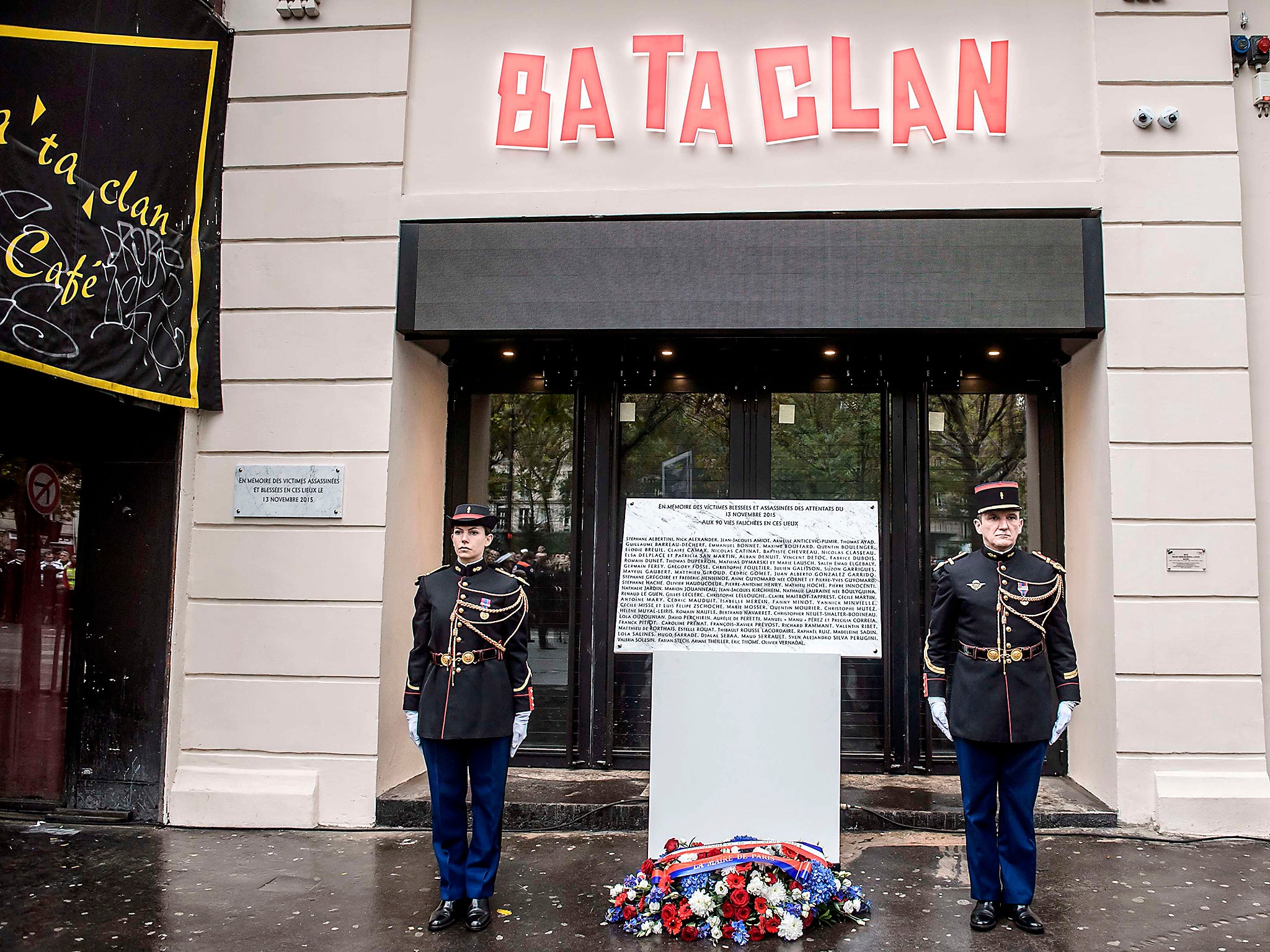
Your support helps us to tell the story
From reproductive rights to climate change to Big Tech, The Independent is on the ground when the story is developing. Whether it's investigating the financials of Elon Musk's pro-Trump PAC or producing our latest documentary, 'The A Word', which shines a light on the American women fighting for reproductive rights, we know how important it is to parse out the facts from the messaging.
At such a critical moment in US history, we need reporters on the ground. Your donation allows us to keep sending journalists to speak to both sides of the story.
The Independent is trusted by Americans across the entire political spectrum. And unlike many other quality news outlets, we choose not to lock Americans out of our reporting and analysis with paywalls. We believe quality journalism should be available to everyone, paid for by those who can afford it.
Your support makes all the difference.The anniversary weekend in Paris is dominated by memorials, but underpinned by vivacity. Friday morning, a bank holiday, sees a several hundred strong crowd cram into the grand entrance hall of the 19th-century Mairie of the 11th arrondissement of Paris, to witness a solemn ceremony involving speeches, a half dozen standard bearers, a bugler playing the “The Last Post”, and “La Marseillaise” sung by a choir of children from the adjacent Lycee Voltaire. The opening allocution rings with the phrases horrible carnage and ignoble boucherie. The references are not the quartier’s most recent public tragedy, however, but to the First World War battlefields of Verdun. This is Armistice Day, and the memorial services for the 130 victims of the multiple terrorist attacks of last November is still two days away.
The congregation in the Mairie, African, Oriental and Mediterranean faces dotting the French, old and young, working to middle class, illustrate a large part of the demographic mix that is modern Parisian, exactly the stratum of society aimed at in last year’s attacks. And to judge by the animated bustle of the quartier, its inhabitants are acting out to the letter the spirit of the banner attached to facade of the towbar-n hall, “Fluctuat Nec Mergitur”, beaten by the waves but never sunk, the city motto widely readopted in the 2015 aftermath.
A busy waiter reluctantly points out the shrapnel marks on a wall. ‘For the last three weeks it’s all started again: journalists, curious visitors...’
The other major part of the population is the bobos, short for bourgeois bohemians, artier, more fashionable, better off, who colonised the areas around in the 1990s, spearheaded a decade earlier by style leaders like Nova magazine, its broadcast arm Radio Nova and gastronomic offshoot Le Fooding Guide, bible of the follower of foodie fashion. These were the clients in the glass frontages and on the terraces of the six cafés attacked with Kalashnikov and suicide belt during the whirlwind killing spree which ended with the massacre of 90 rock fans in mid concert in the old Bataclan concert hall, the worst tragedy of modern French history. Retracing the itinerary of that hideous cavalcade shows both the thinking of the terrorists and the nature of the response a year later.
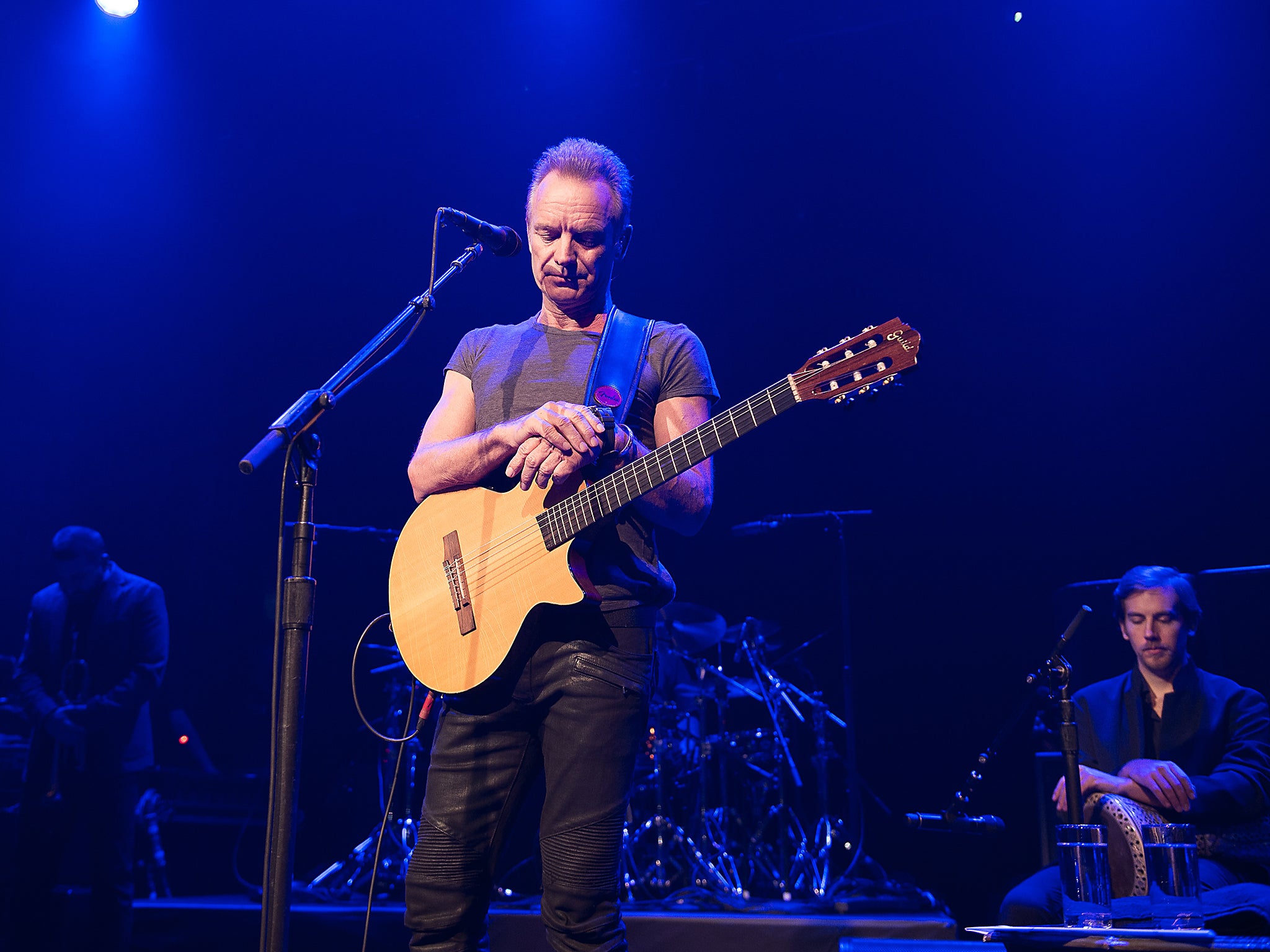
Friday night, La Bonne Biere, a classic corner café: all the targets of the night of the 13th were corner cafés, both quintessentially Parisian and open and easy to drive by. La Bonne Biere overlooks a lovely Parisian cliché-vista: a broad five way intersection, a section of old canal, small garden with acacia trees and statue, red and pink neon reflected on moist cobbles. The food combines long-standing classics – excellent charcuterie, rumpsteak, frites and salad – with the inevitable novelties: guineafowl with pickles de broccoli and fig sauce. Animated buzz of conviviality, great service. We’re trying not to dwell on the events, says the extremely busy manageress, life goes on.
On to La Belle Equipe on the rue Charonne, where 19 people including the owner’s wife were killed by gunshot. Same story, a younger, funkier crowd: reggae playing, jaunty young barman venturing a touch of cocktail showmanship. The ubiquitous fish and chips on the carte, new glass frontage and half-finished interior testimony to the owner’s decision to efface the symbols of the past completely and carry on. Next, the Comptoir Voltaire, out by Nation, the last venue of the macabre café crawl, where Brahim Abdeslam blew himself up as he sat down at a table and ordered, only wounding the waitress as the front half of his suicide belt failed. Another busy waiter serves textbook oysters and steak tartare and reluctantly points out the shrapnel marks on a wall. “For the last three weeks it’s all started again: journalists, curious visitors…”
Lots of people refused to talk, and many were still just too traumatised to speak fluently to camera
How to react to the anniversary is a major quandary, after the huge outpouring of mediatised grief of the past 12 months. Many Parisians want to forget, but many can’t. The latest round of media coverage includes subjects such as the major programmes of psychiatric follow-up of victims and witnesses. A pioneering academic programme has started a huge, decade-long multidisciplinary recording and analysis of the memory processes of thousands of affected people. Olivier Lemaire, director of Arte’s 13 Novembre, La Vie D’Apres, one of a number of new TV documentaries, tells me of the difficulty of selecting 10 key interviewees. “Lots of people refused, and of the possible interviewees, many were just too traumatised still to speak fluently to camera.”
But there are still Parisians wanting to talk. Outside the Belle Equipe I fell into conversation with a jovial trio of drinkers who took me round the corner to their local, a tiny bar “less bobo than some of the cafés round here”. Next day one of them, Lilou, a personal shoppeuse, sent me a long text she’d written, mainly for herself, recounting the night of the 13th, the deadly firework sounds from up the street, the rumours, the panic, the hours cowering in the café while police locked down the area, the months of refection and adjustment, the feeling that she’d been changed for ever.
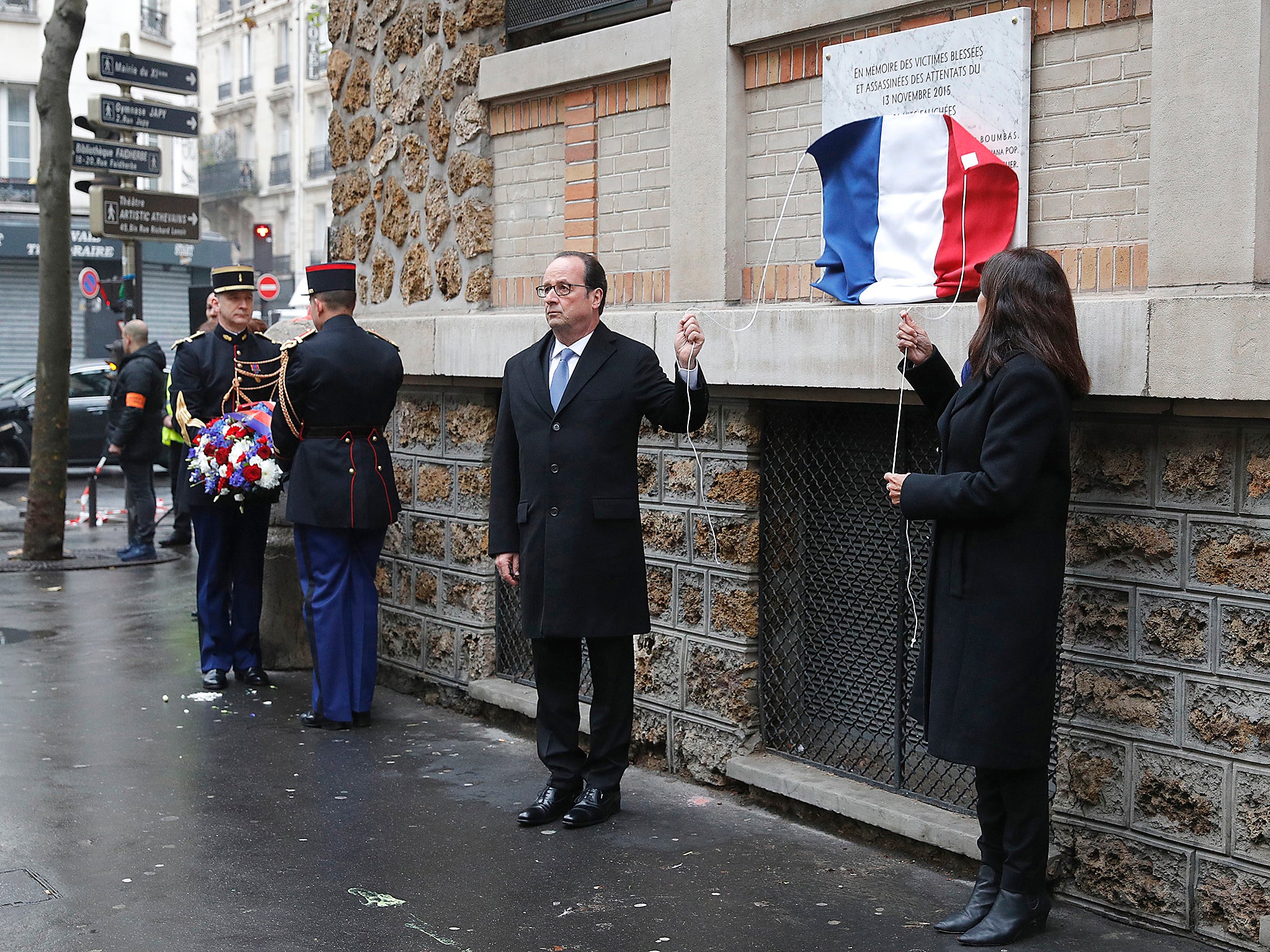
If bobos and the old working classes constitute major segments of the population of the 10th and 11th arrondissements, another major group is new or second-generation immigrants, making the area a perfect demonstration of the modern diverse Paris. Why did the terrorists choose this place to attack, rather than the Champs Elysees for instance, where young Gulf playboys queue to park their Qatar-registered Lamborghinis and black, chauffeured Mercedes wait outside the extravagant new palace hotels favoured by ultra-rich Americans and Chinese. I put this to Philippe Faure, a former diplomat who chairs the French tourism promotion agency, one of the state entities much concerned by the effects of the attacks. “Because the terrorists’ message was to ordinary Parisians,” he says.
Ironically, while the ordinary Parisians have remained resilient, the rich tourists have taken on board the message, staying away or staying hunkered in their suites receiving visits from Cartier or Dior sales staff to select their shopping. Faure had just attended a meeting chaired by the Prime Minister in which an extra €40m (£34m) was allocated to tourism support, much focussed on remedying the problems of the Cote d’Azur and Paris.
Why didn’t the terrorists attack the Champs Elysees? Because their message was to ordinary Parisians
If the sites of the majority of the November attacks were archetypally Parisian, the location of the first and last events of that dramatic week is strangely idiosyncratic. Saint Denis, just north of the peripherique, is site of the huge 1990s Stade de France, in front of which the first three terrorists blew themselves up, signalling the start of the night of death. It’s also the location of the slum apartment block besieged by several hundred police five days later in the blizzard of ordnance which eliminated Abdelhamid Abaaoud, the presumed ringleader of the gang.
More historically, Saint Denis is known for its great Basilica cathedral, one of the masterpieces of French Gothic architecture, the burial place for a thousand years of the royalty of France, and upholder of a continued association with the French aristocracy which still sees an annual mass on the anniversary of the beheading of Louis XVI attended by a congregation of remaining nobility of France. Beside the cathedral is the imposing stone gateway of the college of the Legion D’Honneur, an exclusive girls’ boarding school. In front of it, next to a brutalist 1970s concrete shopping centre, stretches out one of the biggest weekly markets of the region, a sea of African textiles, vegetables and halal meat, a babble of dialects from Senegal, Mali, Morocco, Kabylia, the world.
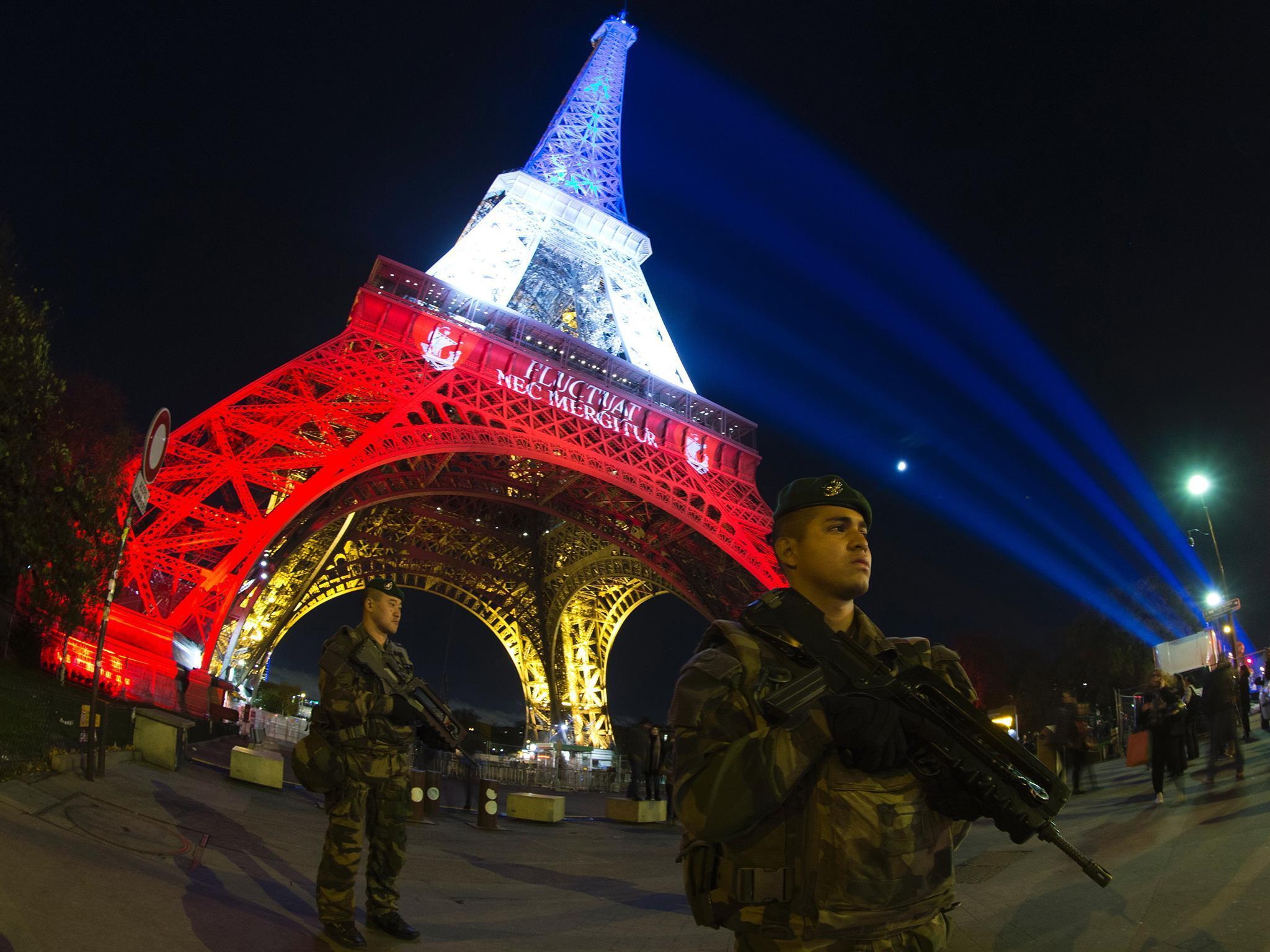
Friday market day is also the busiest day for Saint Denis’ Tawhid mosque, where hundreds of men in beards and long tunics kneeling on prayer mats block the street when I call to inquire at the nearby tourist office. Yes I was told, tourism has suffered, but the tourists have never much ventured beyond a quick visit to the basilica and back on the coach anyway. Down the rue de la Republique on the way to the station, the still boarded up siege house on the corner of the rue Corbillon presents a strange and disturbing new addition to the tourist attractions, and an interview a kilometre away with the locally born novelist Didier Daeninckx in his solid terrace house doesn’t reassure. The spread of extremist preachers associated with the mosque, the gradual imposition of the veil, the withdrawal, all this foreshadowed the current unhealthy climate years ago, says Daeninckx, whose next book, a noir thriller harking back to the atmosphere of the 1930s, is set in the banlieue.
On the anniversary President Hollande tours the city inaugurating a series of plaques, bizarrely echoing the blitzkrieg itinerary of the killers
Sombre reflections were not on the menu Saturday night, when the Bataclan reopened, completely restored as new, with a concert by Sting. The fresh bouquets of flowers, tributes and candles on the surrounding pavements were almost hidden by the dozens of police with automatic weapons, almost as many vehicles cordoning off the area, and rows of international camera crews. Among the many disappointed candidates for tickets were two members of the Eagles of Death Metal, the rock band playing on the night of the attack, turned away by the management for inflammatory pronouncements on the culpability of the attacks. But 1,500 people did see the performance, including the minister of culture, and afterwards the president of one of the victims’ associations spoke of reconquest of the forces of death by la musique et la fête.
Philippe Faure, the man charged with overseeing the return to health of French tourism, is unlikely to disagree. Tourism figures look like ending the year only 6 per cent down, and, as long as nothing bad happens, should improve next year, he says. Faure has just hosted a group of American cultural tour operators, keen to bring their clients back to Paris and its world class attractions. “They’re telling me they need Paris. There aren’t that many competitors in Europe, honestly: London, yes, and Rome, but you wouldn’t need to spend more than a couple of days in Venice.”
The entertainment world too is full of hope. After the fearful months following November 2106, when a quarter of theatrical and concert hall events had to be cancelled, and emergency government financial aid was needed to prevent institutions failing, a poll in September found that 88 per cent of French audiences were coming back, and cinemas and live comedy are actually booming.
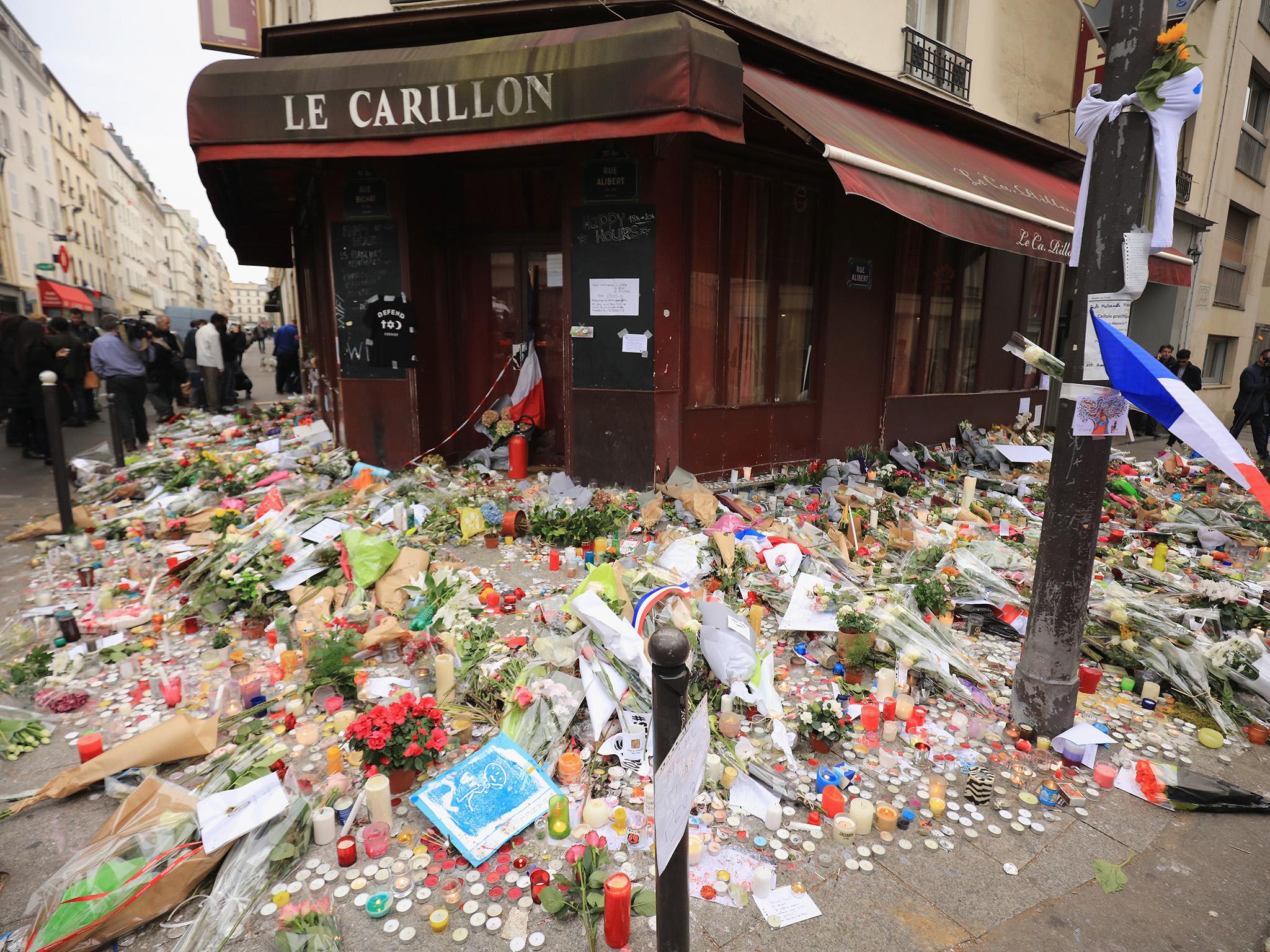
After the excitement of Saturday evening, the actual anniversary of the attacks returns to sobriety and reflection. While the Bataclan concert is still in full swing, teams of police in the rain cordoned off the areas around the café attack sites, ready for a rapid morning tour by President Hollande, bizarrely echoing the blitzkrieg itinerary of the killers, inaugurating a series of new plaques, to add to the familiar and much admired landmarks honouring resistants shot in the Second World War.
In the evening, lanterns and candles fill the 10th arrondissemnt with light, and doubtless thousands of waiters, waitresses and cooks get ready for another week’s energetic and expert service in the cause of civilised joie de vivre. The spirit of Fluctuat Nec Mergitur reigns, and even though the evocation of Charles Trenet’s hoary old wartime chanson “Paris Sera Toujours Paris (La Plus Belle Ville du Monde)” seems in many ways grotesquely sentimental, it has a degree of rightness.
Join our commenting forum
Join thought-provoking conversations, follow other Independent readers and see their replies
Comments